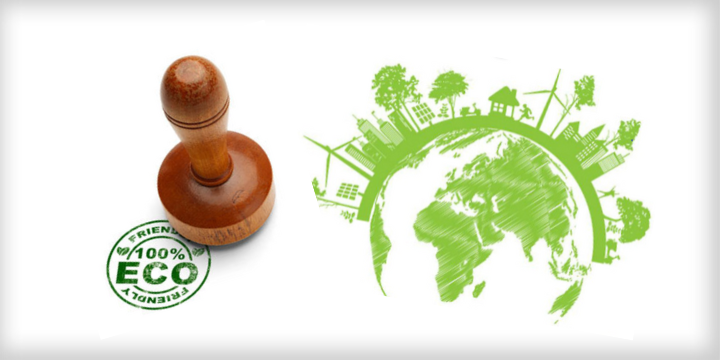
The European Union (EU) has taken a significant step towards promoting transparency and accuracy in environmental claims with the recent proposal for the Green Claims Directive. This directive aims to establish a unified regulation for making green claims across the EU’s single market, preventing the current situation where over half of environmental claims are vague, unfounded, or misleading. Although this proposal still needs to be approved by the EU Parliament and the EU Council, it is a major step towards promoting sustainable consumption and increasing legal certainty.
The proposal was founded on extensive research and considered input from various stakeholders, including business associations, large companies, environmental and consumer NGOs, public authorities, and independent citizens. The directive covers both voluntary environmental claims and sustainability labels, seeking to increase transparency towards consumers and establish consistent legislation for the communication of green claims across the single market.
One important aspect of the proposal is that companies will have to substantiate their claims with the use of scientific and technical state-of-the-art knowledge, and accurate primary and secondary information, which may lead to the standard use of Environmental Footprint datasets. This will ensure that any environmental claims made are backed up by reliable data and scientific evidence. The directive also requires methodological consistency when making comparisons, ensuring that claims are not misleading and are comparable across different products or services.
"One Important aspect of the proposal is that companies will have to substantiate their claims with the use of scientific and technical state-of-the-art knowledge, and accurate primary and secondary information, which may lead to the standard use of Environmental Footprint datasets."
The proposal takes a life cycle approach that seeks to avoid impact displacement and clarifies the extent of the validity of any claim. This means that the environmental impact of a product or service will be evaluated throughout its entire life cycle, from production to disposal, ensuring that claims do not hide or obfuscate a shift in environmental harm from one impact area to another. Additionally, the directive requires third-party verification of any claim by an accredited verifier, adding an extra layer of credibility to environmental claims.
While the proposal falls short of enforcing the Product Environmental Footprint (PEF) as the single standard for substantiating environmental claims, it does consider it as one of the main alternatives to evaluate environmental impacts. It also does not explicitly require a particular Life Cycle Assessment (LCA) method or a full LCA study to be completed for all claims. This flexibility will allow the inclusion of a wider set of claims, such as repairability, durability, or marine biodiversity, which are not contemplated by PEF.
In conclusion, the Green Claims Directive is a major step towards promoting transparency and accuracy in environmental claims across the EU’s single market. It seeks to increase legal certainty, promote sustainable consumption, and ensure that environmental claims are backed up by reliable data and scientific evidence. By proposing this regulation, the EU is both setting a high bar of integrity and rigor for green claims, and providing companies with greater certainty, specificity and procedures to ensure compliance.

